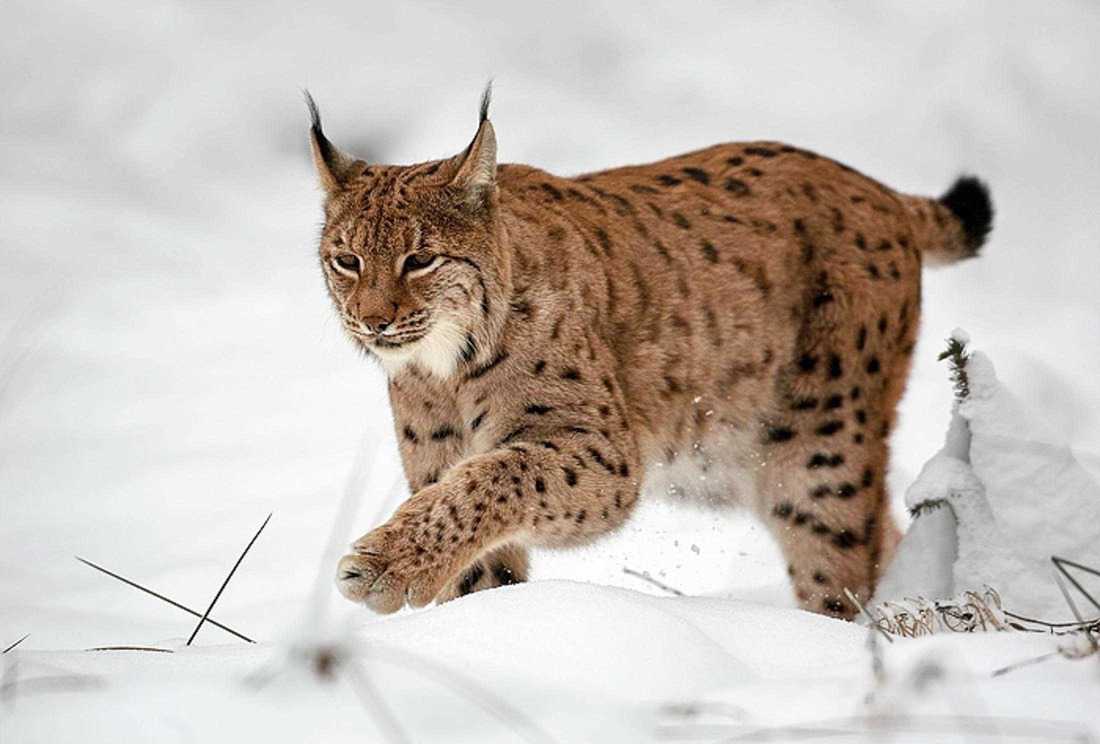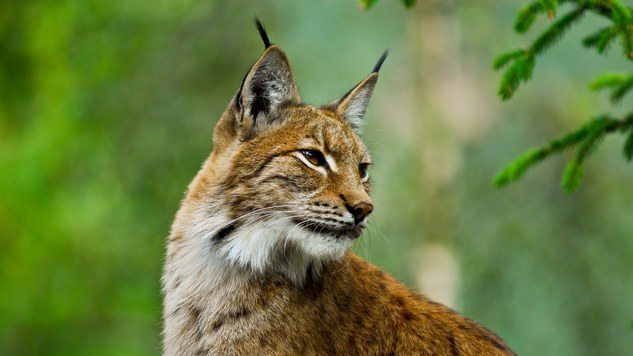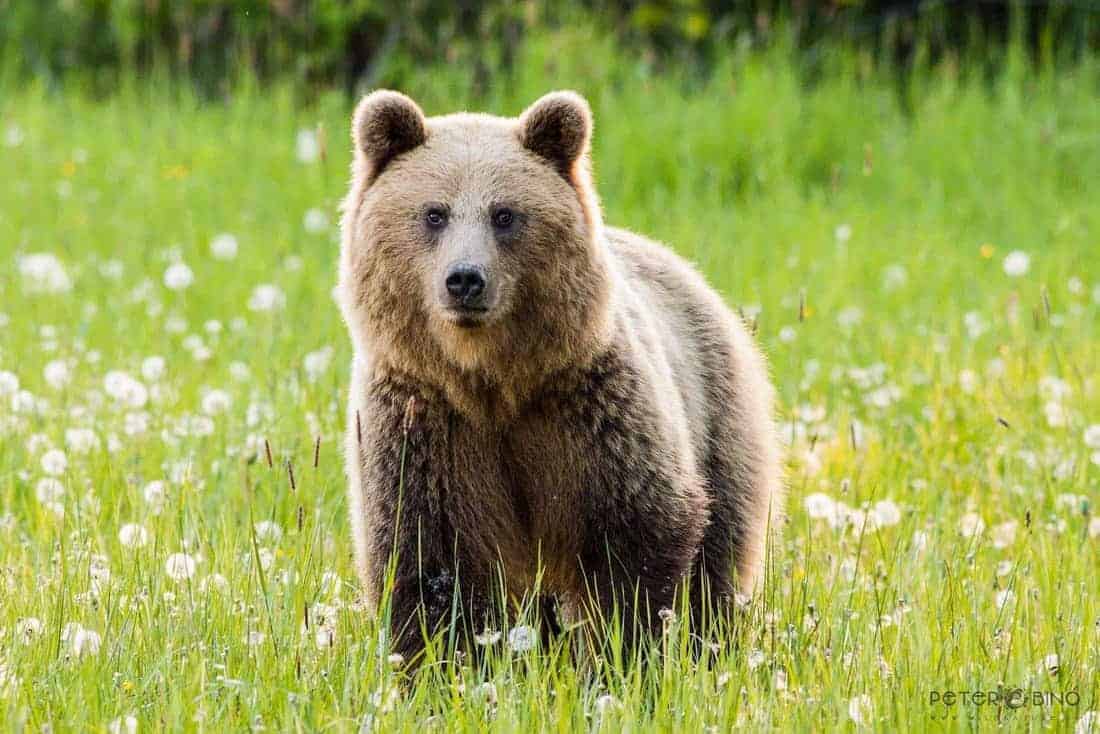Domestic cats as a serious threat to local wildlife
It has been thousands of years since the first cats Felis catus were domesticated. But we still don’t seem to have much control over them. Free-ranging domestic cats, from owned pets to feral cats, impact wildlife through predation, fear effects, competition, disease and hybridization.
Wildlife on islands is especially vulnerable to predation by cats. Free-ranging cats have caused or contributed to 33 of the modern bird, mammal, and reptile extinctions recorded by the IUCN Red List. The situation is not really better on continents, for example Australia:
Since it is the only continent other than Antarctica where wildlife evolved without wild cat species, its wild creatures are particularly vulnerable. Approximately 30 species have gone extinct. Introduced cats were a significant factor in most of these extinctions, and feral cats continue to be one of the most serious threats to many of Australia’s threatened animal species
Several problems in several countries
In fact, some of Australia’s endangered species survive only within specialized cat-proof exclosures or on cat-free islands. New Zealand with about 2.5 million feral cats has the same problems, including their iconic flightless kiwi. The flightless wren was driven to extinction by cats in just one year. In the United States, an estimated 60 to 100 million cats range free and the Smithsonian Institution and U.S. Fish and Wildlife Service estimate that domesticated cats kill as many as 4 billion birds and 22 billion small mammals each year. This makes them “likely the single greatest source of anthropogenic mortality for U.S. birds and mammals,” according to the Smithsonian.
Also in Europe cats (pets and colonies of feral cats) have contributed to the local extinction of many species. In Malta, for example, stray cats cause a lot of damage to the local reptile fauna, such as lizards, geckos, skinks, snakes and chameleons.
Cats are also known to carry many diseases: plague, rabies, and the parasite Toxoplasma gondii. All are zoonotic diseases, carried by animals and capable of jumping to people. About one third of the worlds population is infected with Toxoplasmosis which can cause death of the fetus in pregnant women. Despite the evidence lined up against cats, pet owners have a hard time accepting that their felines may cause problems. Solving the problem of cat predation on wildlife obviously will require cooperation of pet owners. While one individual cat’s predation may not be an issue, the sheer number of cats equals a big problem. Especially because domestic cats are not part of a healthy natural ecosystem.
What could be the solution?
According to a study conducted by the University of Natural Resources and Life Sciences Vienna, a solution would be a mandatory identification and registration for all owned cats which would also communicate the responsibility cat holders have towards nature and biodiversity. If not used for breeding, cats must be neutered, as one cat produces as many as 100 kittens in her life. This makes feral cat colonies growing rapidly. Therefore, programmes for neutering feral cats should also be forced. Preventing cats from outdoor access is very difficult to implement. Thus, a cheap and effective measure can be necklaces with bells. Unfortunately, killing stray cats in natural reserves and far from residential areas seem to be unavoidable.
Many national authorities around the world are now required to adopt and implement policies to prevent, reduce or eliminate the impact of free-ranging domestic cats on local wildlife.









